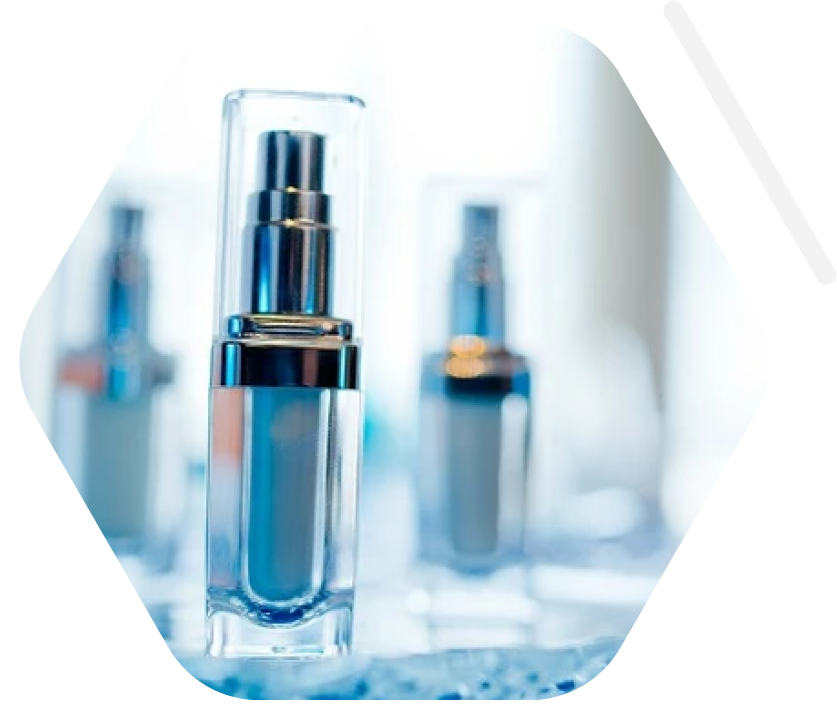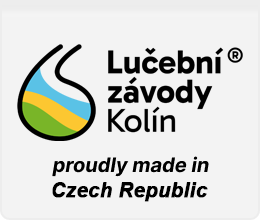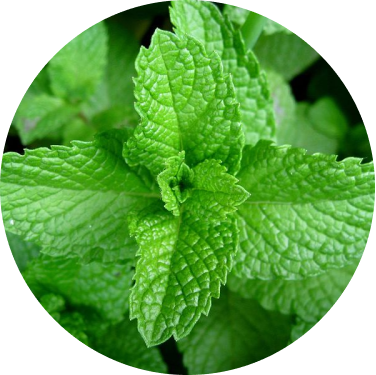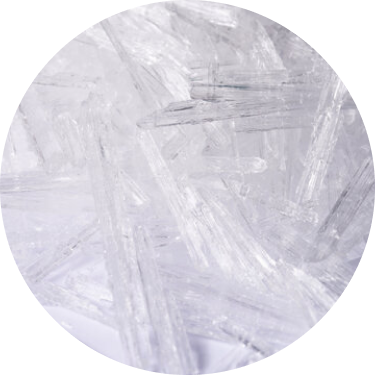Fragrances
Artificial fragrances are everyday part of our lives. On the one hand they are contained in luxury perfumes but they are also constituents of everyday used materials like cleaning and washing agents, soaps, laundry detergents, cosmetic preparations and many others. For all this agents it is required to have a nice smell to delight final consumer. Especially in the case of luxury perfumes the lot of financial costs is spent for uniqueness.
Synhydrid® is used in many syntheses of artificial fragrances. In this case its capability to reduce carboxylic acid esters to alcohols or partially to aldehydes effectively is used very often. But also reduction of aldehydes or ketones to alcohols or partial reduction of nitriles to aldehydes can be for this area very interesting.

2-ethyl-4-(2,2,3-trimethyl-3-cyclopenten-1-yl)-2-buten-1-ol
2-ethyl-4-(2,2,3-trimethyl-3-cyclopenten-1-yl)-2-buten-1-ol is a fragrant compound having powerful aroma with true sandalwood note. Synhydrid® is used as reducing agent for reduction of 2-ethyl-4-(2,2,3-trimethyl-3-cyclopenten-1-yl)-2-butenal to desired 2-ethyl-4-(2,2,3-trimethyl-3-cyclopenten-1-yl)-2-buten-1-ol in final step of synthesis. This reaction is a typical example of successful Synhydrid® application for reduction of aldehyde to alcohol.
Ambroxide
Besides fragrances Synhydrid® is also used during synthesis of fragrance fixative ambroxide which is synthetic substitute for natural ambergris. Ambergris or grey amber is a solid, waxy, flammable substance of a dull grey or blackish colour produced in the digestive system of sperm whale. Freshly produced ambergris has a marine, repulsive odor. It acquires a sweet, earthy scent as it ages.
Ambroxide fixes the own fragrance substance in perfume preparation to smell for the longest possible time and also provides to perfumes traditional ambergris note. Because ambroxide substitutes ambergris in perfumery and its consumption is very high it can be said that ambroxide and therefore also Synhydrid®, which is dominantly used during synthesis of ambergris, help to save population of sperm whales.
Ambroxide is chemically dodecahydro-3a,6,6,9a-tetramethylnaphtho[2,1-b]furan. Synhydrid® is used in reducing step where (3aα,5aβ,9aα,9bβ)decahydro-3a,6,6,9a-tetramethylnaphtho[2,1-b]furan-2(1H)-one is reduced to 2,5,5,8a-tetramethyl-2-(2-hydroxyethyl)-3-hydroxydecalin.
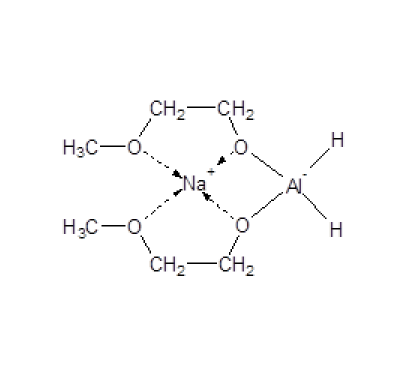
In general it is total reduction of lactone to diol. This step is described in European patent application EP0165458 or in the Spanish patent ES2195777.
